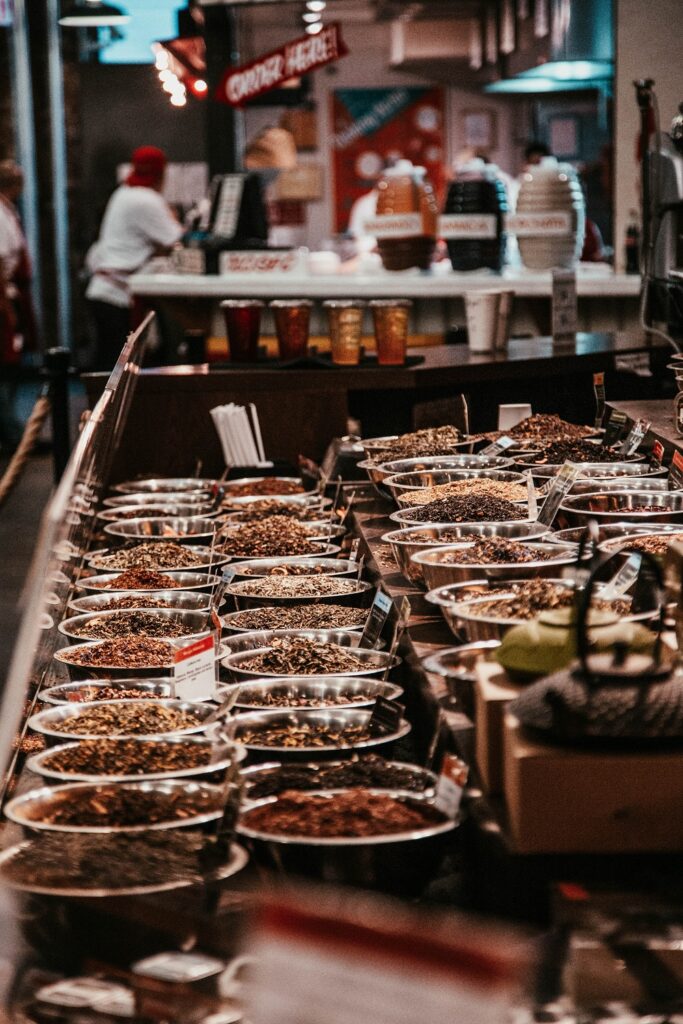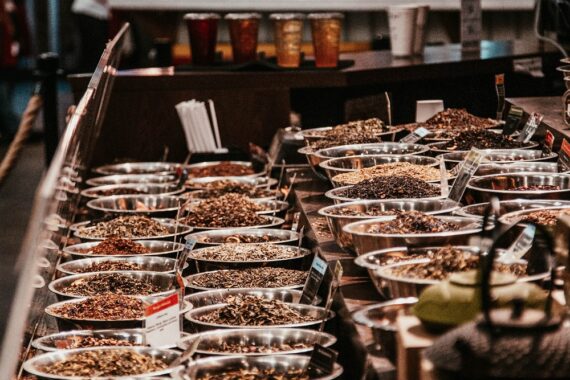Asian Spices: History and Modern Use

Asia boasts some of the world’s most complex and diverse cuisines, with a wide variety of spices and herbs that formulate the flavors and character of the dishes. The unique blend of spices and ingredients gives Asian dishes the distinctive aroma, taste and color that make them so irresistible. Over the centuries, the use of spices in Asian cooking has evolved from ancient Ayurvedic medicine to modern-day culinary techniques. Let’s explore some Asian spices, their history, and how they are used.
Ginger
Ginger is a versatile spice that is widely used in Asian cuisine. It’s known for its pungent aroma and taste that adds heat and warmth to dishes. Ginger is native to Southeast Asia, but it is now grown worldwide in tropical regions. In ancient times, ginger was revered for its medicinal properties, and it was used to treat a range of illnesses from nausea to heart problems.
In Asian cooking, ginger is crucial in curries, stir-fries, and soups. It is often combined with garlic and onions as a base for many dishes. In Chinese cuisine, ginger is commonly used in sauces for meat dishes or stews such as Dongpo Pork. Japanese cuisine uses pickled ginger as a condiment and in sushi dishes. Thai cuisine features ginger in Tom Yum soup, while Indian cuisine’s chicken tikka masala uses ginger to create its signature flavor.
Cumin
Cumin is an aromatic spice that is a staple in Indian and Middle Eastern cooking. It’s one of the most distinctive spices known for its warm, earthy taste and aroma. Cumin is believed to be native to the Mediterranean region, but it is now grown worldwide. In ancient times, cumin was used as a preservative for food due to its anti-bacterial properties.
In Indian cooking, cumin seeds are toasted before being ground into a powder form, then added to curries, meat dishes, and vegetable stir-fries. Middle Eastern cuisine uses cumin in dishes such as hummus, falafel, and shakshuka. Mexican cuisine also uses cumin in spice blends for tacos and chili con carne.
Turmeric
Turmeric is a bright yellow spice widely used in Southeast Asian and Indian cuisine. Also known as “Indian saffron,” it is a member of the ginger family, and it is primarily used for seasoning and coloring dishes. Turmeric has been used for centuries as a healing agent due to its antioxidant, anti-inflammatory, and antiseptic properties.
In Indian cooking, turmeric is a must-have in curries, while Malaysian curry laksa also uses turmeric extensively. In Thai cuisine, turmeric appears in yellow curry or spice blends for chicken satay. In recent years, turmeric’s popularity has grown due to its health benefits, and it is now commonly used in smoothies and teas.
Cloves
Cloves are aromatic flower buds of the evergreen tree that are native to Indonesia but have been widely cultivated throughout the world. The scent of cloves is warm and enticing, with hints of sweetness and spiciness. In ancient times, clove oil was used as pain relief for toothaches or sore gums.
In Chinese cooking, cloves are essential in five-spice powder, which is used to flavor meats and stews or roasted duck. Indonesian cuisine uses cloves in spice blends called bumbu saus (sauce seasoning) or nasi kunyit (turmeric rice) In Indian cooking, cloves are used in garam masala spice mix for curries or biryanis.
Star Anise
Star anise is a distinctive spice commonly found in many Asian dishes due to its licorice-like flavor. It hails from China, Vietnam and Singapore but is now used worldwide.Japanese shichimi togarashi uses star anise along with chili pepper and sesame seeds.
In Chinese cuisine, star anise is used in Chinese five-spice powder and in braised beef or pork dishes to add depth. In Vietnamese cuisine, it is featured in pho, a noodle soup, and many dishes that are fragrant and simple.
Cardamom
Cardamom is one of the oldest spices in the world, originating from India and Sri Lanka. It has a strong, minty and citrus-like flavor that adds a unique depth to dishes. Cardamom is widely used in Middle Eastern and Indian cuisine due to its rich aroma and taste. It’s also an essential component of chai tea.
In Indian cooking, cardamom is often used in curries and rice dishes like biryanis. In Middle Eastern cuisine, it’s featured in spice blends like baharat for meat dishes or desserts like baklava. Scandinavian countries also use cardamom in their baking, including in lussekatter (sweet buns) and krumkake (waffles).
Asian spices have a rich history dating back thousands of years when they were revered for their medicinal properties. Today, Asian spices are widely used not only for the unique flavors they impart but also for their health benefits. Whether it’s to add heat or sweetness to dishes, Asian spices have become indispensable ingredients in kitchens worldwide. Knowing the history behind these spices can help individuals understand the unique flavors that these spices impart to recipes.
